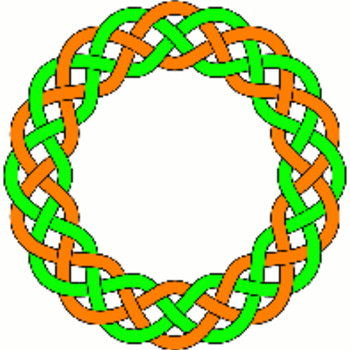How do you solve #2= \frac { 10+ r } { 7}#?
2 Answers
See a solution process below:
Explanation:
First, multiply each side of the equation by
Now, subtract
Explanation:
The aim is to manipulate the equation so that the only term on the left hand side is
The right hand side consists of a fraction. The top part of the fraction (the numerator) is an expression and the bottom part (the denominator) is
So
implies
that is,
At this point, it becomes easier to see what is happening by switching the sides, that is
implies
By inspection,
That is,
implies
that is
That is the solution to the equation.
It is always a good idea to check the result in the original equation.
You might note that the (original) right hand side is
Plugging in the candidate solution
This equals the (original) left hand side of the equation, as expected, corroborating the solution.


